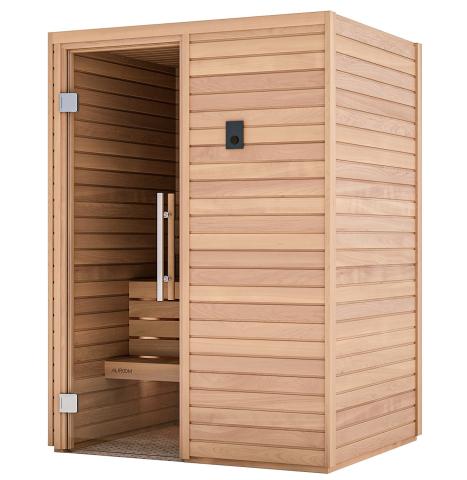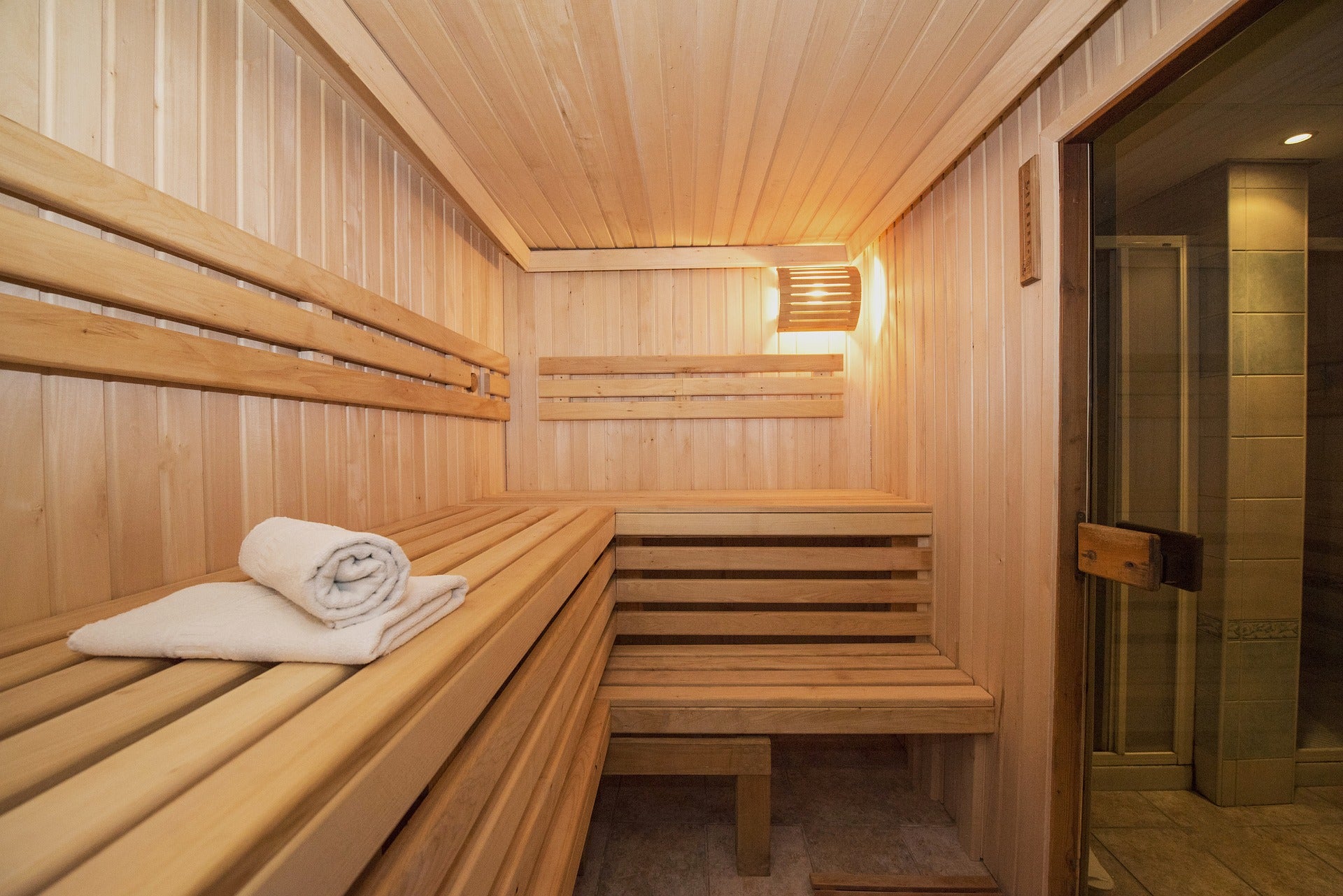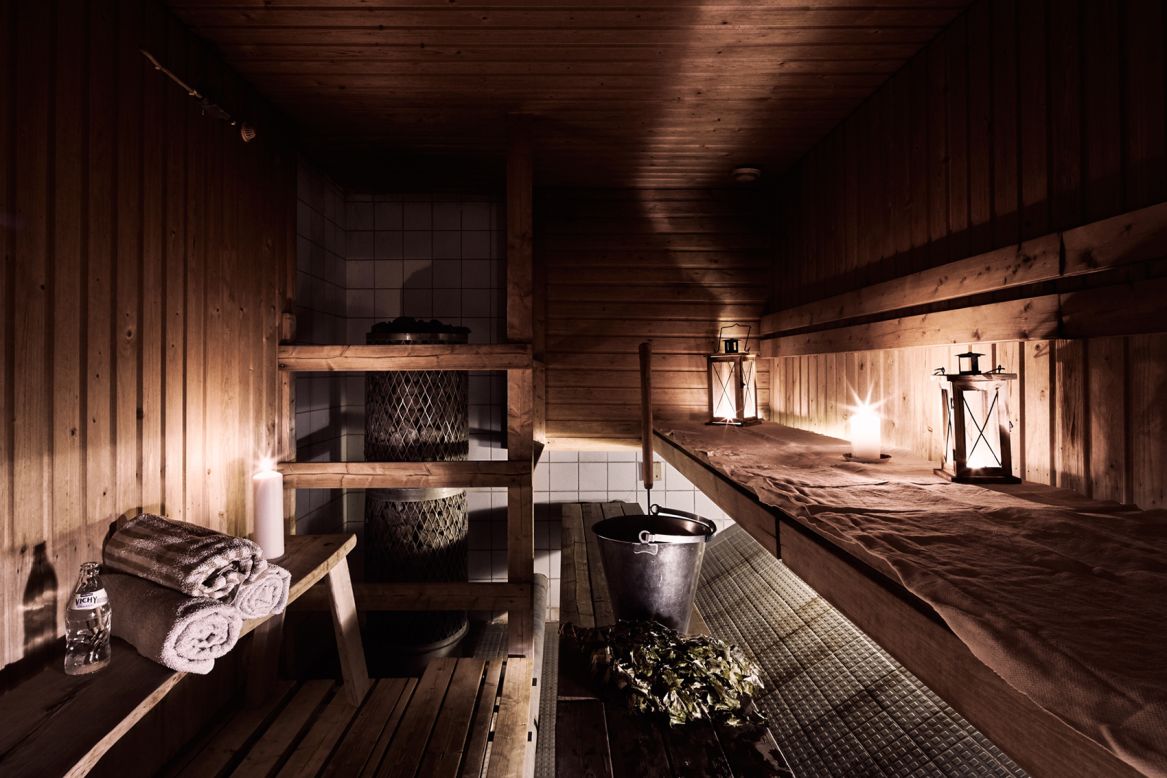What Does Traditional Sauna Mean?
What Does Traditional Sauna Mean?
Blog Article
The 7-Minute Rule for Traditional Sauna
Table of Contents5 Easy Facts About Traditional Sauna DescribedSome Known Incorrect Statements About Traditional Sauna Not known Facts About Traditional SaunaSome Of Traditional SaunaThe 6-Second Trick For Traditional Sauna
A lot of the weight shed in a sauna is water loss and is re-gained upon rehydrating. Nevertheless, undoubtedly sauna can be a vital part of a healthy and balanced weight loss program. To take a look at the distinctions between traditional and IR saunas, I will certainly divide these into proven, academic, and fabricated differences.Therefore, the best factor in the saunawhich is at the ceiling directly above the sauna heateris usually between 185 and 190 F. Claims that a traditional sauna exceeds 200 F is simply not real and not suitable for electric saunas sold in the United States. The temperature level for a far-infrared sauna is normally set between 120 and 140 F; however, unlike the traditional sauna, the objective in and IR area is not to achieve a heat.
Because of this, the temperature distinction is almost unnecessary, given that profuse sweating results in both sauna types, but the method of heating the body is different. In an IR sauna the bather will certainly really feel warm and will certainly sweat profusely, yet at a lot lower temperatures (Traditional Sauna). Therefore, if the goal is to invest longer time periods in the sauna, the IR sauna is a good choice
When a standard sauna has been properly warmed, the sauna walls are warm, the air temperature has actually achieved set temperature and the rocks are super warmed. As a fascinating side note, the heated walls and the rocks are releasing far-infrared heat, combined with the heated air, to produce an "enveloping warmth".
The smart Trick of Traditional Sauna That Nobody is Discussing

When the high temperature is accomplished, the aspects cycle on and off to keep the high temperature level. Most typical sauna users appreciate pouring water over the rocks to create steam to raise sauna moisture levels. The advantages of pouring water over the rocks include: making the area extra comfy, dampening the nasal passages, and permitting the use of aromatherapy by mixing crucial oils with the water.

When the power goes into the body, it triggers the body temperature to boost and ultimately causes sweating. In an infrared sauna it is necessary for the emitters/heaters to remain on almost constantly. Considering that there is no mass of rocks to preserve my response warm, the sauna will cool down if the emitters shut down.
As pointed out over, the sauna bather in an infrared area wishes to place himself in front of running emitters to obtain maximum take advantage of the warmth. The heating time for both areas can be extremely various, depending on just how the spaces are made use of. For a traditional sauna, a bather needs to permit 30-40 minutes for the area to attain a desired temperature level and to correctly pre-heat the rocks.
Some Known Details About Traditional Sauna
A well built sauna will commonly attain a temperature level of 150-160 F in concerning 30-40 mins. For hotter temperature levels, the room may need to warmth for a longer duration.

Traditional saunas tend to be larger (hence make use of more power) than infrared saunas, although typical saunas are definitely readily available in one and two person dimensions as well. For a two-person typical sauna, 5x6 or sites 5x7 size is most popular. The leading bench can conveniently seat 2 or three people and is additionally long sufficient to rest during the sauna session.
See This Report about Traditional Sauna
The average price per kWH of electrical power in the united state is approximately $0.11, so a 4.5 kW heater will certainly set you back around $.50 to compete one hour, if the heater runs continuously for one hour. Generally a sauna heating unit will certainly compete 75% of the initial hour and 50% of succeeding hours on since the components cycle once the set temperature level is achieved.

Finally, there is a rarely reviewed distinction in the social experience in between the two rooms. While our society has actually lost some of the social advantage of the typical sauna experience, it can be extremely socially satisfying (Traditional Sauna). From household time in the sauna, to heart-felt conversations with considerable others, to sauna partiesthe standard sauna experience can result in intimate socializing
Traditional Sauna Can Be Fun For Everyone
Many greater end infrared areas include tinted light therapy, audio systems and full-glass fronts.
Report this page